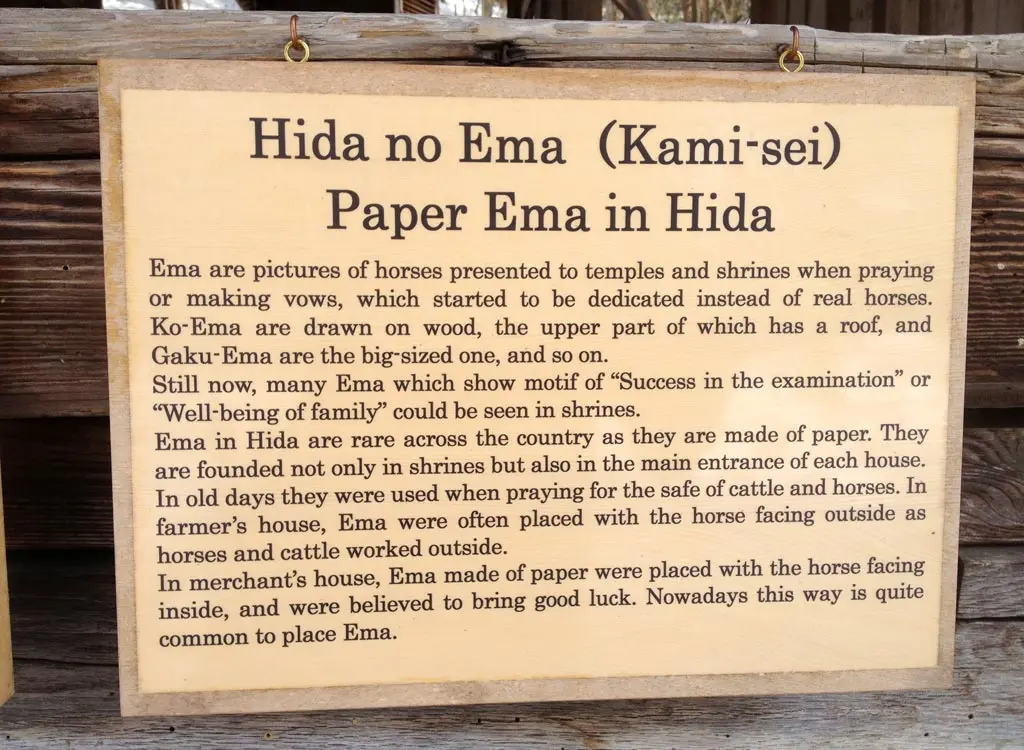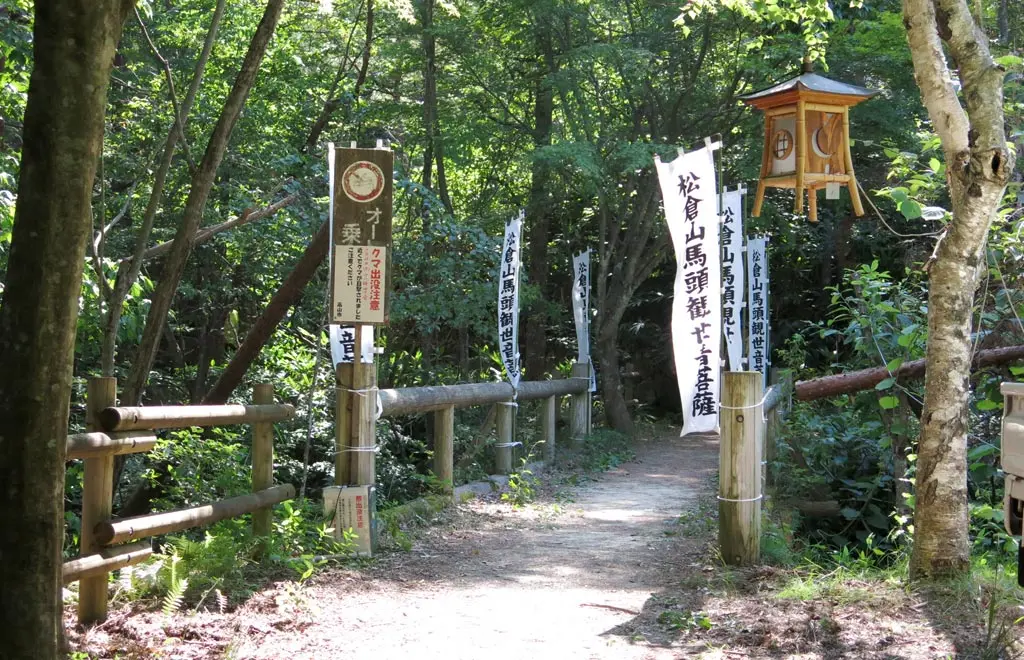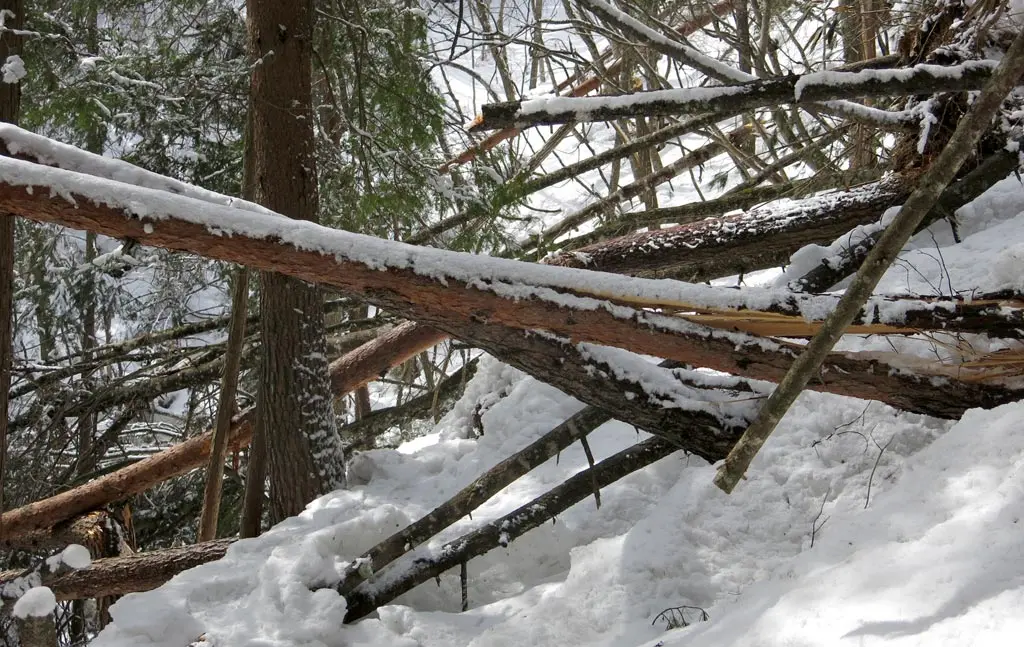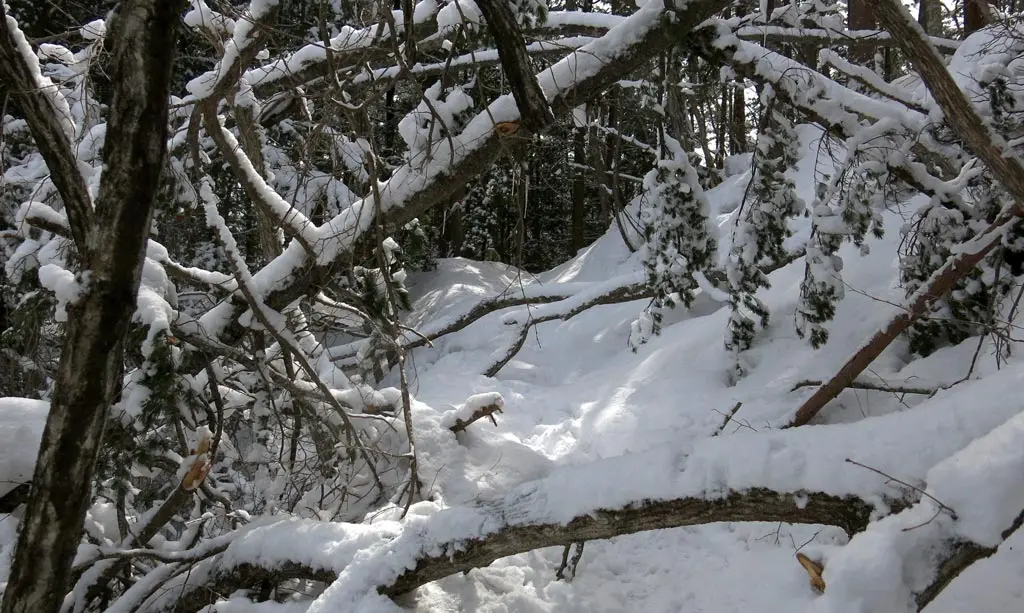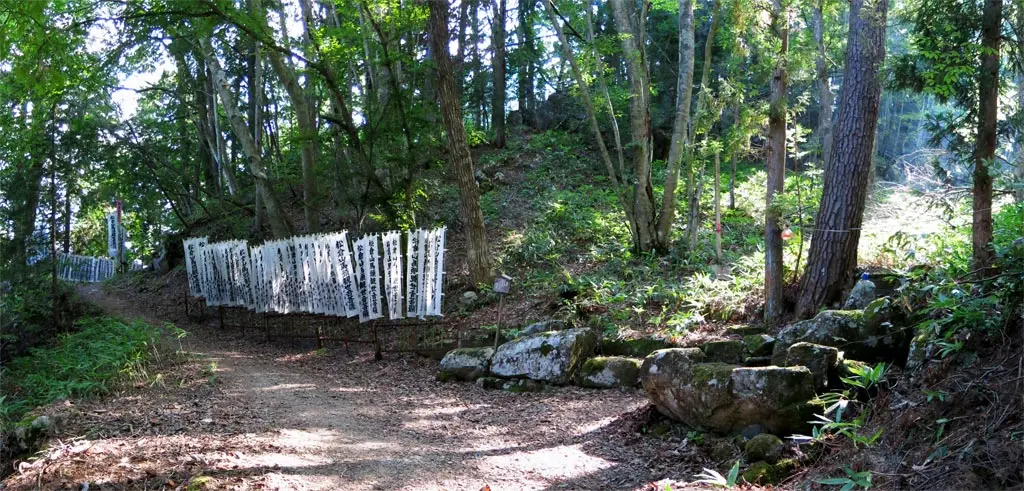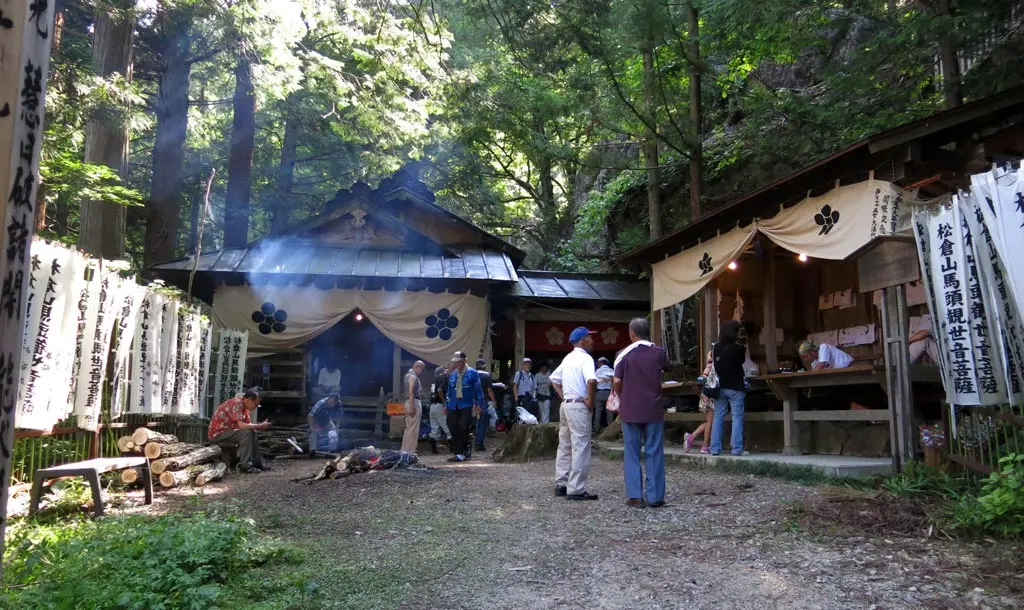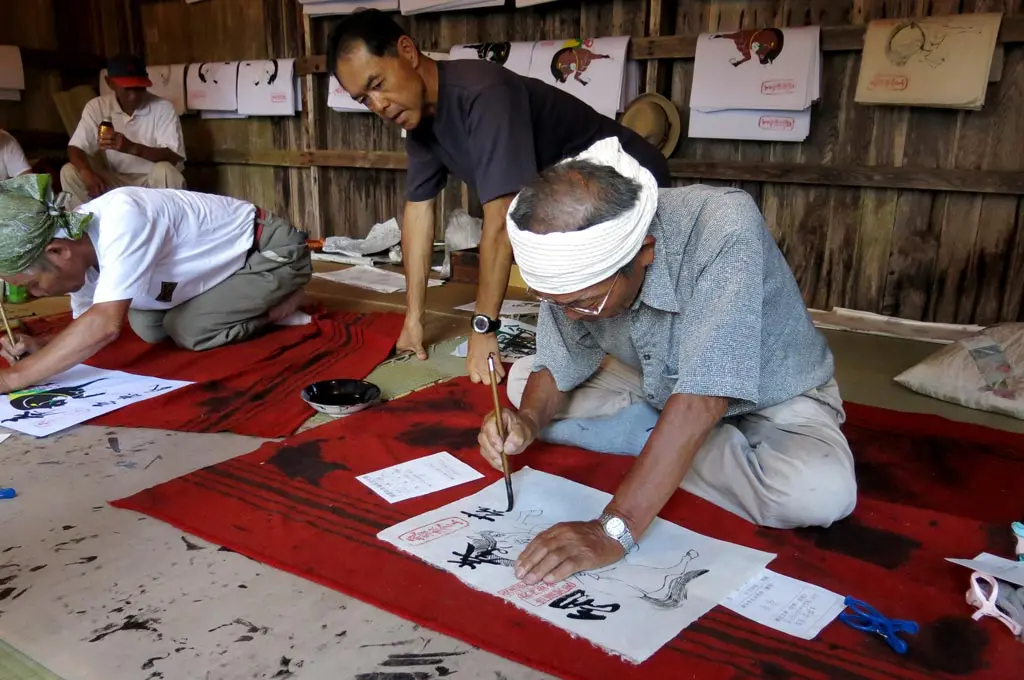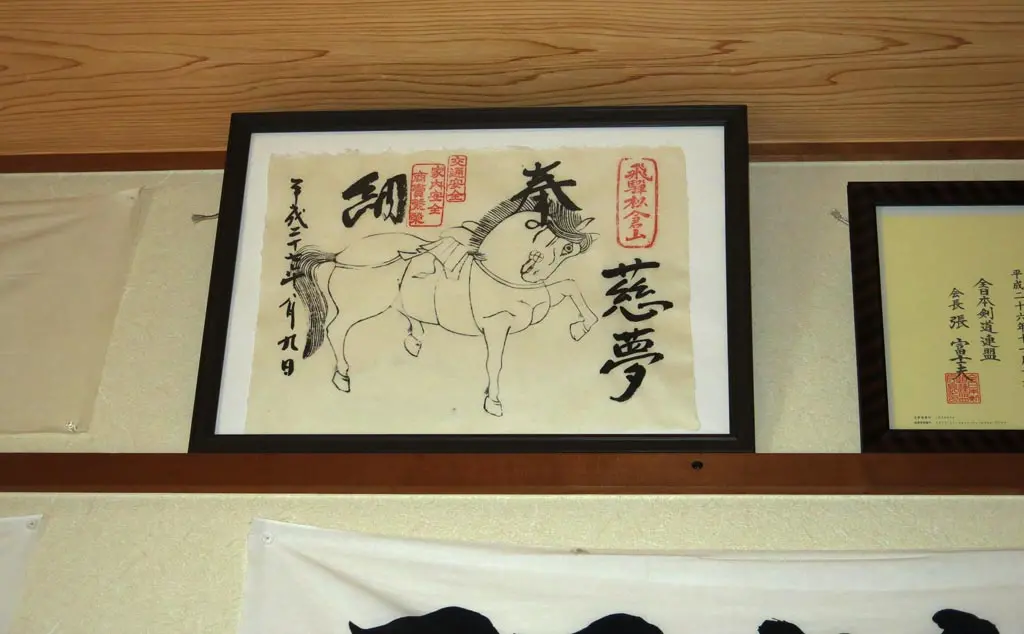When I first arrived in Takayama, I noticed that near the entrances of almost all businesses, and some households, there was a Japanese drawing of a horse. It seemed weird that all these places had the same drawings or paintings in roughly the same places. A few months after arriving, I found the following information posted in Hida-no-sato.
So that's what they are! These horse paintings are a good luck charm wishing for the safety and well-being of either business or family.
Then, it wasn't until last year, when I was hiking around Harayama and the Matsukura area that I learned where and how I could get one for myself. These paintings were made during a festival held on August 9th and 10th in the Matsukura Kannon temple. During this time, Ema painters and artists stay up for 2 days straight creating these paintings for whomever comes to the temple.
This festival is called ema-ichi 絵馬市 or the Ema Painting Market.
This is where I went. I've been here twice before. Once last year, hiking through Harayama for the first time (Sept 20th, 2014). And then again during winter (March 1st, 2015). The winter was so harsh, that much of the paths through the woods were completely blocked with downed trees.
5 months prior, this is what the path looked like.
Now, downed trees were either moved out of the way, or cut through to create a traversable path.
Much easier.
Along the path were several hanging signs advertising and announcing the festival. It didn't take too long before I reached the entrance of the Matsukura Kannon Temple which had hundreds of white signs lining the path.
This was the first afternoon of the festival market. Not many people were there. Other than the folks actually putting on the festival, there were only a few attendees there to get paintings, so the line wasn't very long.
It took me a little while to figure out how to get a painting. They had order forms on one end of the stage. You write your name, address, and business, if applicable. You choose the size, and color of the paintings you want. And you need to provide a name to be written on the painting. This name could be of your business, family, or yourself.
For me, I chose 慈夢, which can be read as ジム or Jim, my name. This is the kanji I have on my kendo zekken or name plate. When I started kendo 2 years ago, one of the English teachers thought these kanji were applicable for me.
慈's on reading is ji, but singularly is itsuku. It means mercy, or compassion. 夢's on reading is mu, but singular is yume or dream. So, my kanji name means dream and compassion. Everyone in Japan who reads my kanji name thinks it's cool and totally applicable. I guess the compassion part fits, but I'm not really sure about dream. Lots of Japanese names use that kanji, though, so maybe that's part of it.
Also, you need to choose which direction the horse should face: left or right. Going back to that original definition, horse paintings should be directed inside the house. The idea is that good luck with come into your lives, or into businesses. But, I took the literal definition and had the horse facing outwards. The idea being that my work is always done outside of house, and that's where I want my luck to be directed. Additionally, I chose my kendo name so I would have good luck doing that. And all of that is done outside of my house.
Anyway, you fill out the sheet, hand it to the guy, and pay him the cash. Mine was 1500円, I think. Larger prints are more expensive.
Then the painter writes in the date, his signature, and the name you give him.
I went with a simple painting on Japanese paper facing left. I think I got the smallest, too. The other prints were so large. They wouldn't really fit anywhere in my place. For colors, you could choose a brown, white, or black horse. Or you could choose neither color, and go with my option.
Even though I chose the smallest option, it was still too large for most of the frames available. Valor Home Center did have a large cheap frame that could hold my Ema painting, though.
Hurrah, I finally got my very own Hida horse painting. Mark another thing off my Hida bucket list.
